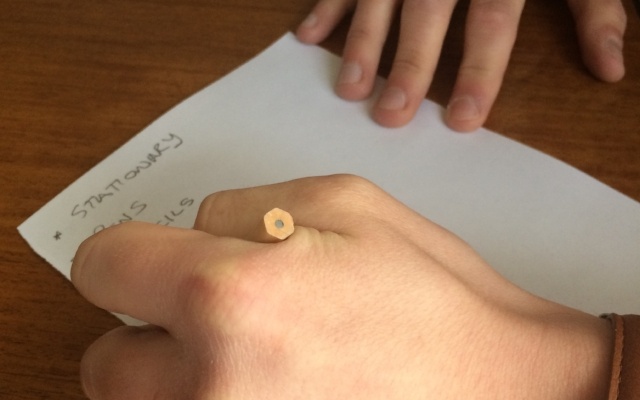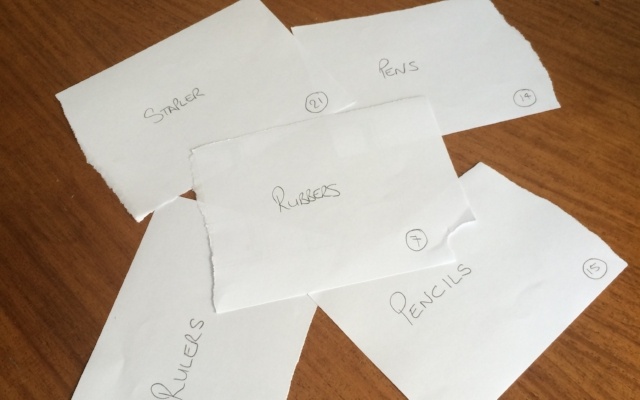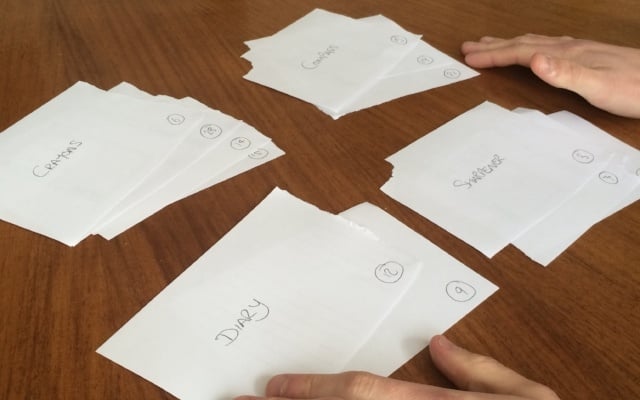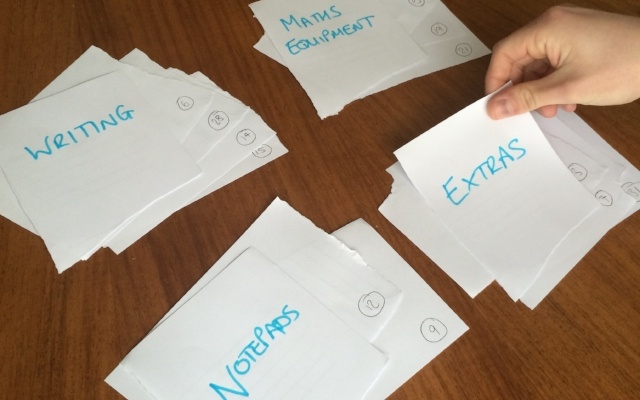
It may be a surprise to you to find out that your customers know more about your website than you do. Yes, you’ve got access to Google Analytics, but does that really give you the information you need to make accurate assumptions on how you could improve your website?
The time has come for businesses to not only embrace their customer feedback but also to include it as an integral part of their marketing strategy – not to mention their first port of call, your website. B2B websites in particular now need to be more than just a simple ‘brochure’ website detailing products and services, they need to offer your customers and prospects solutions to their problems.
When it comes to creating a new website, or restructuring your existing set-up, the user journey you offer visitors is pivotal to their experience. In their recent report State of B2B Marketing, Salesforce revealed that 86% of senior-level marketers now believe it is ‘absolutely critical’ or ‘very important’ to create a cohesive customer journey – starting from their website.
So how can you maximise the knowledge of your customers to boost your website performance even further? The answer is simple but time-consuming, so make time to complete customer-led user journey research with this step-by-step guide.
The card sorting method
Card sorting, whether this is done physically with pieces of paper, or using online tools available (like Trello), allows users to help you categorise and better inform the structure of your website. This research hopefully aids you in creating a clearer user journey on your website resulting in lower bounce rates, increased time-on-site, and ultimately more custom as a result. The research also allows you to see how users think and categorise activity items too. The card sorting method can be completed in seven steps.
1 - List out your website content

The first step is to list all the content currently on your website – not forgetting the new areas you wish to promote too. Remember that you know the jargon of your industry, the inner workings of your website and have experience in the industry. This means that your list needs to boil down the content to a simpler format, and to a format that your user understands.
2 - Create cards and number

Turn your list of content into individual cards and label these with numbers discreetly. Failure to be discreet about the numbers could result in users simply sorting cards based on these. Outside of the product-specific pages, you can see in the image above, you should make sure your pages don’t fall into the trap of using the same phrases, such as “how to find…”. This again could result in users simply grouping together cards by what they say, rather than the content they have.
3 - Choose user participants

Now you’ve got the cards, you need to look towards recruiting participants to help with your research. You and team members are not representations of your customers and visitors to your site, therefore recruiting external people is essential. Look to appoint 15 people from within your CRM and offer a gratuity for offering their time.
4 - Run card sorting challenge

After you’ve got participants signed up, you can now begin to run the card sorting challenge in one-to-one or group sessions. Ask participants to spread out all the cards on the table and get them to group these into sections. Any sections with more than ten cards, ask them to group them down even smaller.
With even small websites, this challenge requires concentration. Therefore it’s important to hold the session in a room that is quiet and free of distraction. Your job at this stage is to shut-up, watch, listen and take notes – any cards that are easy or hard to group gives you a clear indication of what the participant is thinking. If possible, ask them to vocalise their thought process.
Following the grouping session, ask users to write names of those groups onto a piece of paper that represents all the cards. This research can help you decide on the labelling of your navigation.
5 - Record and analyse results

You’ve collected the responses from both your individual and group sessions, now is the time to record these and analyse for patterns. Make sure you collate all the notes you were taking during the sessions too, including any problems participants faced when they were sorting.
The best way to analyse your results is by entering your research into a spreadsheet. This side-by-side comparison allows you to easily see the groups and group names suggested. Not everyone is going to have exactly the same answer, but this is where your intuition and reasoning comes to the fore.
6 - Implement into site map and user tests

The next step is to use this research to make something physical. Whether you build a sitemap or a website before going live, get users to test your website for flow. Can they get to the information they want easily? Are they presented with other useful information along the way?
Collecting more feedback at this stage can hone your website user journey down, giving you greater confidence that as soon as a visitor gets to your website, they can easily solve their goal.
7 - Go live and record KPIs

Unless you’ve launched an existing website with a new user journey, it is going to be hard to monitor just how successful your site is in comparison to predecessors. However, once your website has been launched, carefully look and monitor KPIs to see how they develop over time. Is your bounce rate going down? Are users spending more time on your website?
If you wanted to delve deeper, investing in tools such as Crazy Egg can give you insight into where people are clicking and whether they’ve been successful in finding the information they required.
There will always be tweaks
Opinions of participants change, digital marketing is constantly evolving, and the way we use websites means that you will always need to tweak your website to give visitors the content they are looking for.
However, together with great search engine optimisation, a content marketing strategy, and slick design, you can achieve a website that is frustration-free for the user and more chance of landing new business as a result.
 By
By